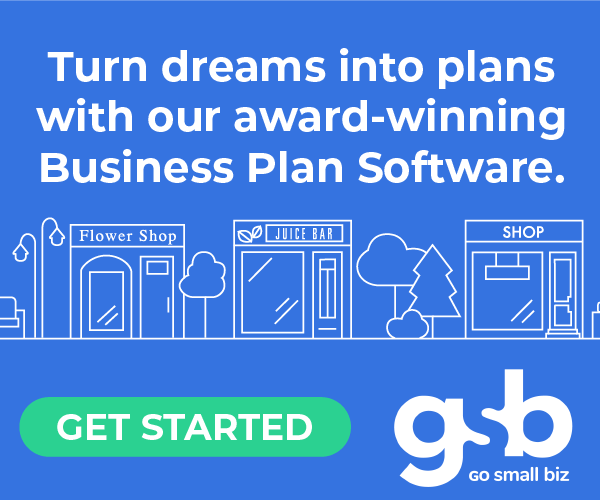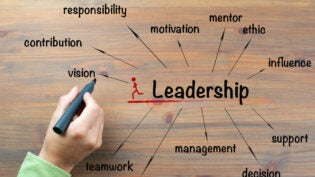How Feedback Loops, Learning Paths and Integrator Services Keep Teams Plugged In
By: Angela Ash

The traditional notion of employee engagement — typically taken to portend an annual survey followed by a lukewarm action plan — feels as outdated as a dial-up modem. The modern workplace demands a more fluid, responsive, and human-centric approach to keeping teams engaged.
The shift has transcended mere job satisfaction to include the expectation of an environment where individuals feel heard, continuously grow, and seamlessly contribute to a collective vision. The secret to building such an inspiring workplace lies in the integration of robust feedback loops, personalized learning paths, and the strategic deployment of integrator services.
An engaged team is constantly adapting and evolving. When these three elements are integral to the organizational culture, they create a powerful, self-reinforcing system that drives engagement, innovation, and ultimately, success.
The Pulse of Progress
Imagine a high-performance sports car without a dashboard. How would the driver know the fuel level, the engine temperature, or their speed? Real-time feedback works in a similar fashion. It provides the critical data points necessary to understand the current state of employees and teams, identify areas for improvement, and gauge the impact of their efforts.
The era of the annual employee survey as the sole feedback mechanism is fading fast. While still offering a valuable insight, it lacks the immediacy needed to truly capture the nuances of the employee experience. Forward-thinking businesses are increasingly embracing a holistic approach to feedback loops.
While there’s no one-size-fits-all solution here, some elements are universal and typically include:
Continuous Performance Conversations
Regular, informal check-ins between managers and employees foster open dialogue and allow for timely course correction. Unlike with annual reviews, these are growth conversations. As Liz Wiseman, author of Multipliers: How the Best Leaders Make Everyone Smarter, puts it, “The job of a leader is to create an environment where people feel safe to take risks and learn from their mistakes.”
Pulse Surveys
Short, frequent surveys that gauge sentiment on specific topics (workload, team collaboration, leadership support, etc.) provide quick insights into emerging trends and pain points. These are often anonymous, as to encourage honest responses.
360-Degree Feedback
While often reserved for leadership development, expanding 360-degree feedback to include peer and direct report input for all employees can offer a holistic view of an individual’s impact and areas for improvement and development. For them to be successful, it’s critical to focus on development rather than evaluation.
Idea Generation Platforms
Creating channels where employees can submit ideas, suggestions, and critiques, and then clearly demonstrating how these inputs are considered and acted upon, builds a profound sense of ownership and value. Companies like Google exemplify this principle.
Exit- and Stay Interviews
While exit interviews provide valuable insights into why people leave, stay interviews (conversations with high-performing employees to understand why they stay) can prove even more powerful. They reveal what’s working well and what genuinely retains top talent, which is an invaluable insight in its own right.
Overall, the true power of feedback loops isn’t in collecting data. Rather, it is in demonstrating that it’s being heard and acted upon. Employees who know that their input will lead to tangible changes believe that their voice matters. Nothing fosters a deeper sense of ownership and belonging than this practice.
Crafting Personalized Learning Paths
The desire for new skills, expanded knowledge, and growth opportunities is a significant driver of employee engagement and retention. Static, bland training programs are no longer sufficient. To keep teams engaged, businesses now need to offer dynamic, personalized, adaptive learning paths that cater to individual aspirations and are aligned with organizational needs.
This goes beyond simply offering a library of online courses, mind you. The entire idea is about cultivating a culture of continuous learning and development that is deeply integrated into the employee experience. Key components of effective learning paths include:
Skills Gap Analysis and Development Plans
Collaboratively identifying current skill sets and future requirements allows for the creation of tailored development plans. These shouldn’t be rigid, but rather flexible so as to be able to adapt as roles and organizational priorities evolve.
Blended Learning
Combining formal training (workshops, certifications, online courses, and similar) with informal learning (mentorship, peer coaching, stretch assignments, communities of practice, etc.) creates a diverse learning experience. The blended approach recognizes that learning happens in multiple ways, not just in a classroom setting.
Access to Relevant Resources
Providing easy access to specific learning resources (e.g., articles, podcasts, webinars, and internal knowledge bases) empowers employees to take ownership of their development and learn at their own pace.
Experiential Learning Opportunities
The most impactful learning often occurs through direct experience. Offering opportunities for job rotations, cross-functional projects, and leadership roles on specific initiatives allows employees to apply new skills in real-world scenarios.
Recognition and Celebration of Learning
Acknowledging and celebrating employees’ commitment to learning reinforces the value of continuous development and encourages others to embark on their own learning paths.
Personalized learning paths are not just about upskilling; they’re also about employees’ futures. Businesses committed to employee growth are likely to receive in return their talent and loyalty.
Connecting the Dots
Even with robust feedback loops and personalized learning paths, organizations can still suffer from silos, communication breakdowns, and a lack of coherent direction. This is where professional integrator services step in.
Whether they are dedicated roles, interim leaders, or simply individuals with a knack for connecting dots, integrators ensure that information flows freely, initiatives are being aligned, and teams are working harmoniously towards common goals.
Integrators are not necessarily formal managers, though they can be. Their power lies in their ability to bridge gaps, facilitate collaboration, and ensure that different parts of the organization are truly understanding and supporting each other.
Typically, integrators bring together diverse teams and individuals to work on shared objectives, breaking down departmental barriers and fostering a sense of collective ownership. They can take high-level strategic objectives and translate them into actionable plans for various teams, ensuring everyone understands their role in achieving the broader vision.
Patrick Lencioni, author of the book The Advantage: Why Organizational Health Trumps Everything Else in Business, emphasizes the importance of clarity: “If you can get all the people in an organization rowing in the same direction, you will dominate any industry, in any market, against any competition.”
Integrators are the answer to the “if” conundrum.
Finally, integrators play a critical role when disagreements or misunderstandings arise between different departments or teams. They step in to mediate, find common ground, and help resolve issues constructively, preventing them from escalating and disrupting workflow.
In periods of transition or rapid growth, interim leaders often play a critical role, ensuring continuity, maintaining momentum, and guiding teams through change without disruption. Their external perspective can also be invaluable in identifying and addressing inefficiencies.
Palpable Engagement
In conclusion, feedback loops provide the critical data, personalized learning paths offer the avenues for growth, and integrator services ensure seamless connection and alignment. These three elements inspire engagement, but only if the system is dynamic, evolving to continuously adapt to the changing needs of individuals and the organization.
The benefits of such a holistic approach are manifold: increased employee retention, higher productivity, enhanced innovation, and a more resilient and adaptable workforce. In an age where talent is the ultimate differentiator, organizations that intentionally build these engagement systems are certain to thrive.
49 Views












